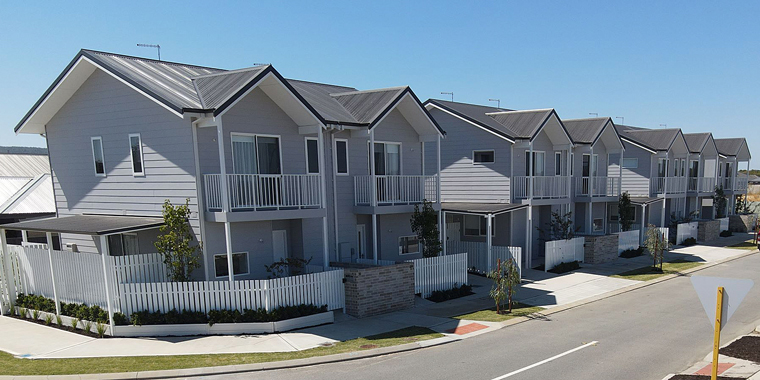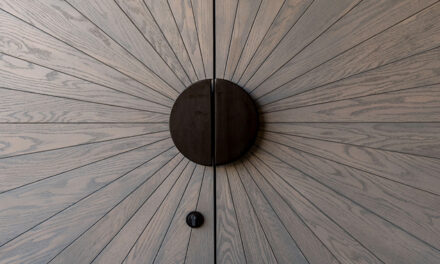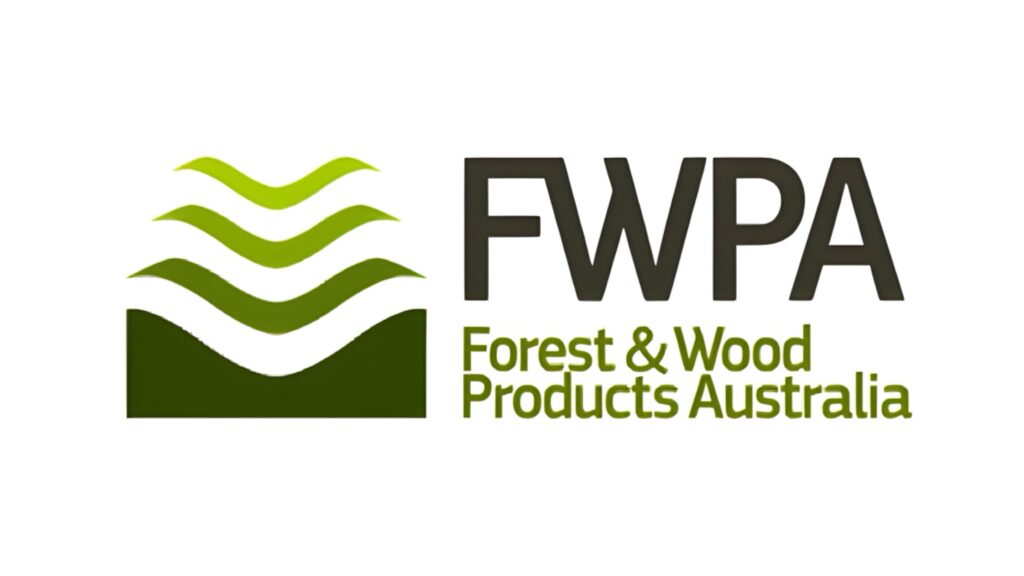CALLS FOR MORE PREFAB GROW
OFFSITE MANUFACTURERS ARE DELIVERING, BUT THE MARKET NEEDS EDUCATING
In March, Federal Minister for Science Ed Husic told a press conference ahead of a national Building Ministers’ meeting that prefab and modular housing could play “a big part” in getting homes built more quickly.
“That’s why I’ll be talking with state and territory colleagues about identifying obstacles that might be holding back the rollout of these types of houses,” he said.
As the communiqué that came out after the meeting laid out: “Ministers committed to improving regulatory certainty for the sector. To this end, they have tasked the ABCB to work with industry and local governments to clarify existing regulatory pathways through a new guidance paper and undertake a comprehensive review of regulation improvements to reduce red tape.”
Surely that’s good news when it comes to hitting the nation’s target of 1.2 million new home builds over the next five years? But the ABC’s Jon Daly recently filed a radio story talking with experts in the field who say that consumer nervousness will also need to be addressed before prefabrication grows to the levels that will see us hit our targets. Currently, the prefab market sits somewhere around 5% of residential builds in Australia.
Many of those current builds are in niche markets, including luxury holiday homes made of CLT and glulam, environmentally aware Passive Houses and social and industry housing (including mining camps and quarantine centres now used as emergency housing), where people need to be housed quickly.
Offsite Construction is a Perth-based company that declares its mission “to automate the construction of low-carbon homes in Australia”. The business has delivered multiple projects into the WA market, working mostly with volume residential developers. Successful builds include multires with luxury penthouses, single dwellings, townhouses and more.
Cathal Quinn, senior development manager at Offsite Construction, told Daly, “It’s like a car manufacturing plant. We can deliver four to five homes a week out of the manufacturing facility.”
Their method is classic prefab: walls and floors are manufactured in the factory then trucked out and assembled on site. The company is now producing timber-framed units as social and affordable housing for the WA Government. Eight to ten units can be finished within six months, compared to 18 months for a single double-bricked unit built on site.
“We believe we’re at the forefront of helping the likes of those guys in social and affordable housing markets get these numbers,” said Quinn, referencing the targets needed to reach the required additional dwellings.
Daly spoke with the Australian Housing and Urban Research Institute’s Michael Fotheringham. “We need to use every possible trick in the book to get us there,” said Fotheringham. “And prefabricated housing or offsite construction is a really important ingredient in that – and has the potential to deliver homes more quickly.
“One of the things that holds back offsite construction in Australia is a perception that we’re talking about effectively caravans without wheels. And the reality is that the life cycle of offsite construction these days is as good or better.”
Daly also spoke with Housing Industry Association’s Chief Economist Tim Reardon, who argued different market factors are driving offsite’s popularity in Europe and the US.
“What happens in the United States, for example, is that almost 100% of their homes are built then sold,” said Reardon.
“If we move to that model of build then sell, prefabrication starts to become a more viable option. But customers would have to accept lower level of customisation.”









